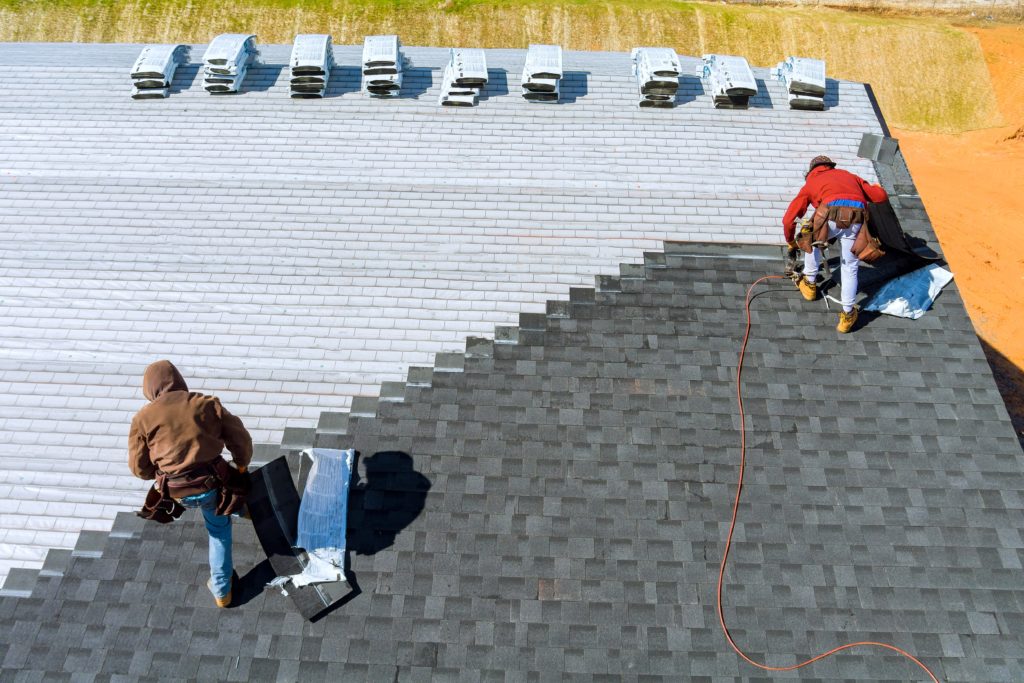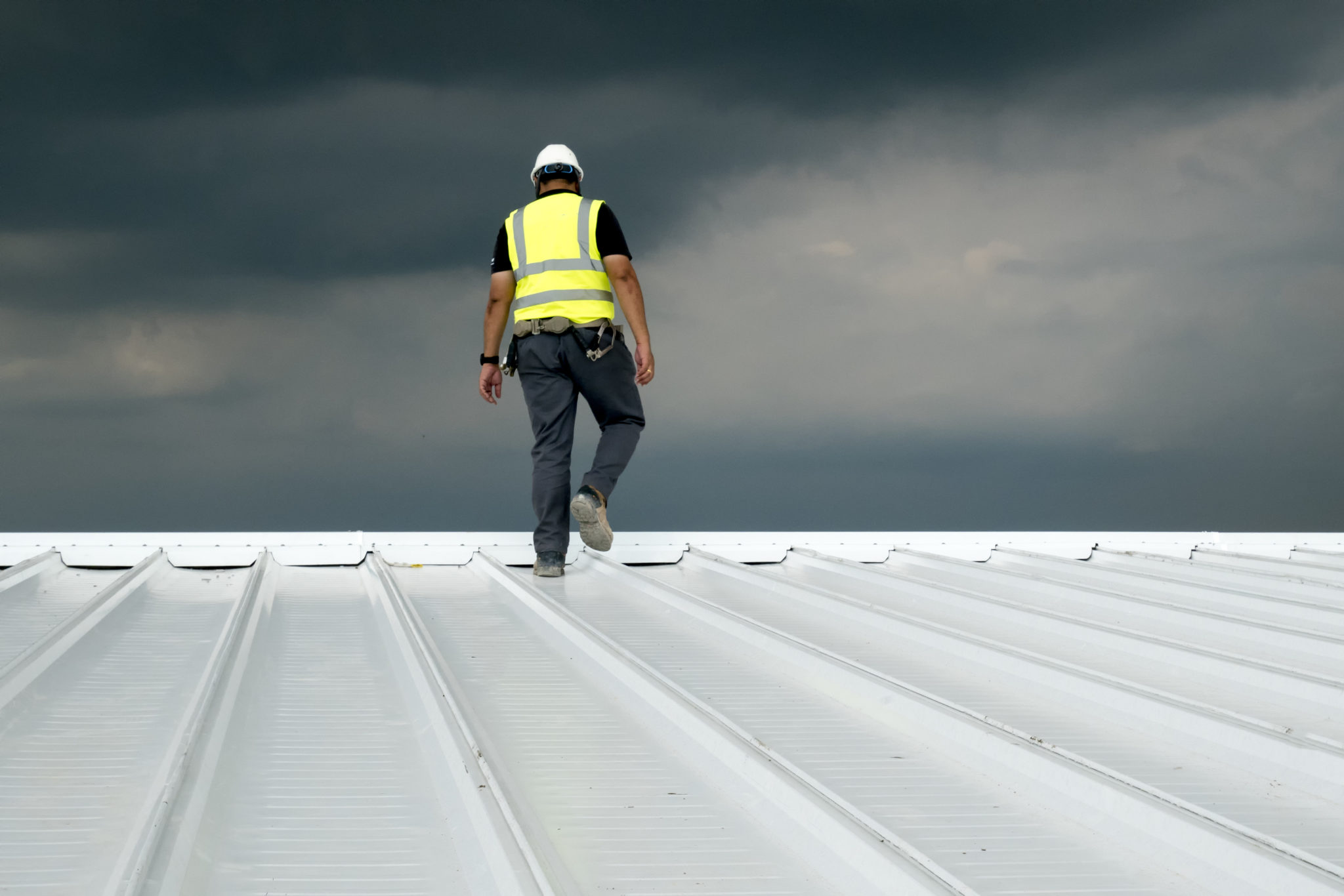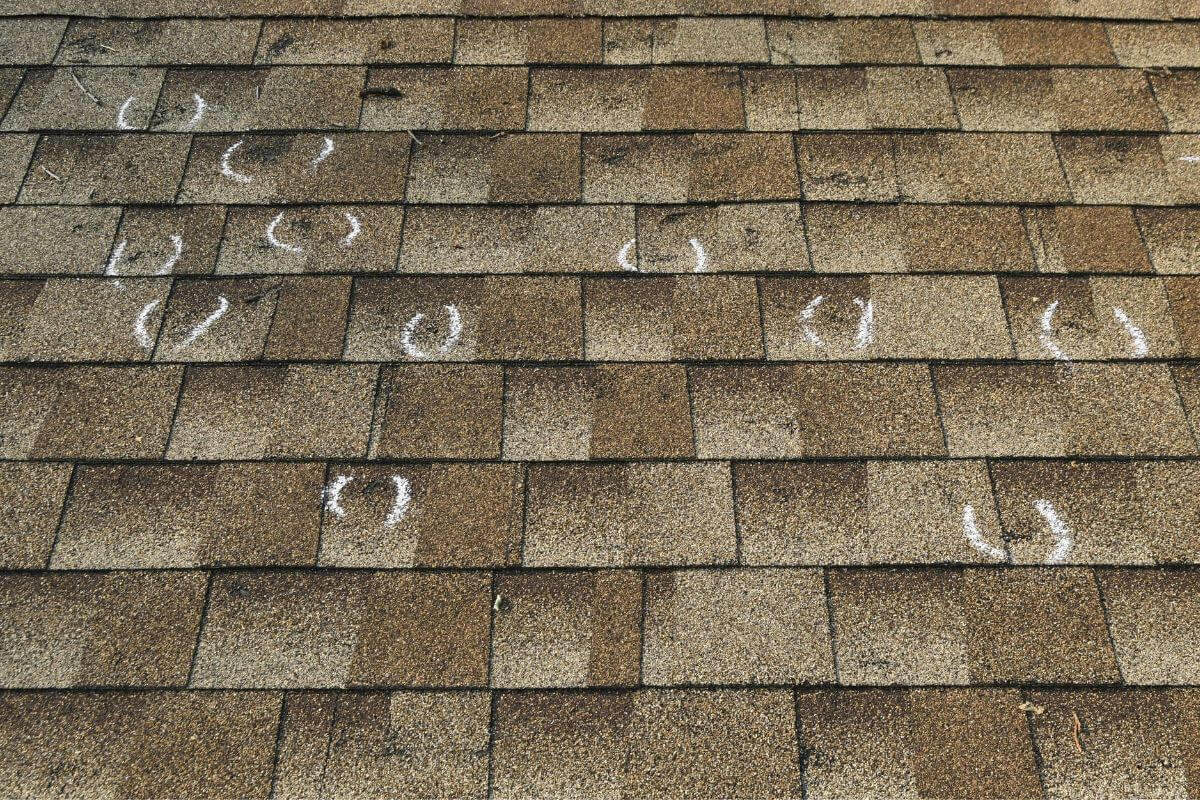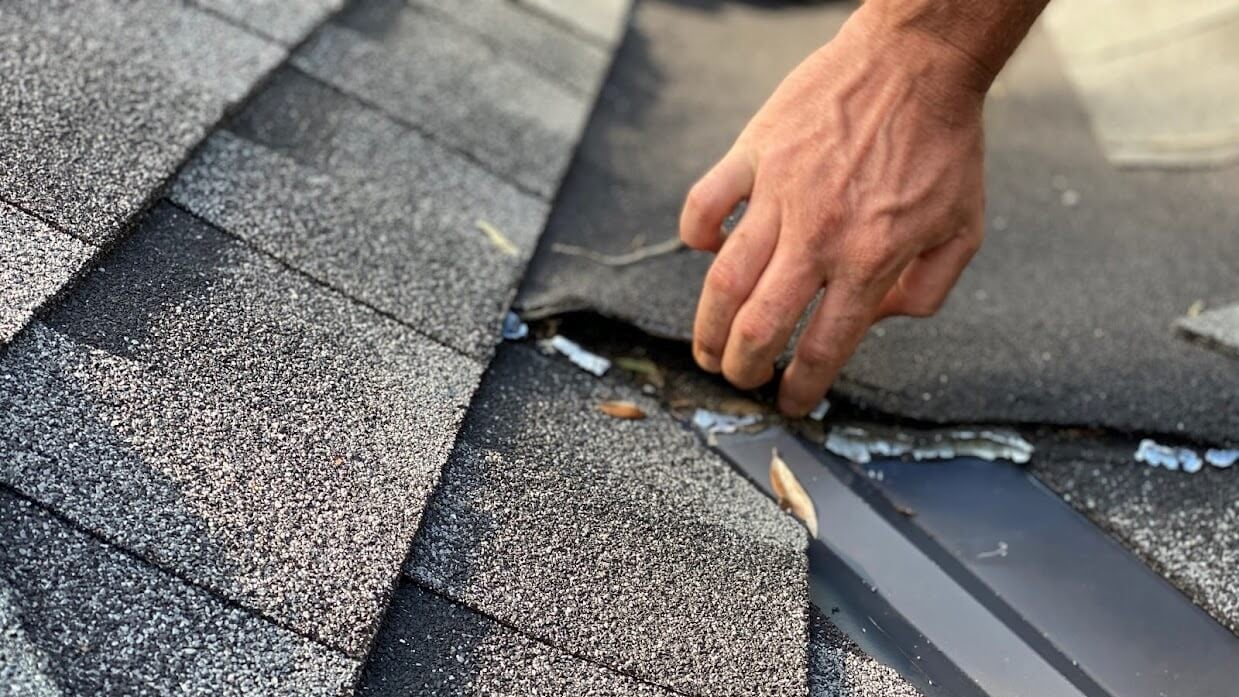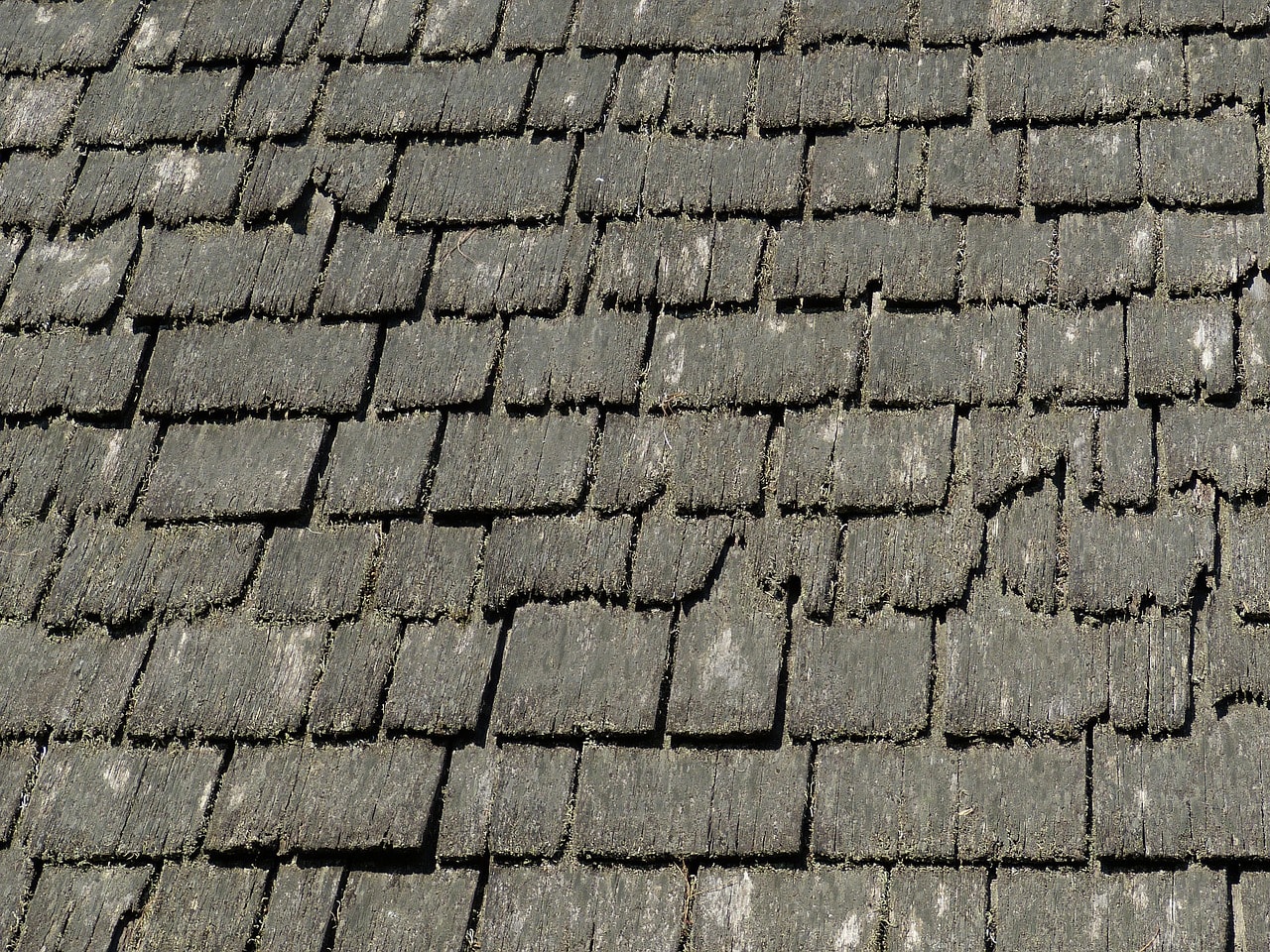
Have you ever glanced up at your roof and noticed those unsightly dark streaks or patches? It’s easy to think a splash of bleach might be the quick fix for restoring its pristine look.
But wait — before you reach for that bottle, there’s one burning question every homeowner with an asphalt shingle roof needs answered: Will bleach damage the shingles?
The short answer? Yes, bleach can be harmful if not used properly. While maintaining a clean roof is essential for prolonging its lifespan and preserving your home’s curb appeal, improper cleaning methods can lead to costly repairs.
In this article, we’ll get into the dos and don’ts of roof cleaning, explore the bleach’s impact on shingles, and arm you with the knowledge to care for your roof the right way. Let’s get started!
What Are Asphalt Shingles?
Asphalt shingles are one of the most popular roof materials for residential homes, known for their durability and affordability. Made from fiberglass or organic mat coated with asphalt and granules, these shingles are built to withstand harsh weather but can be damaged by improper cleaning methods.
Harsh chemicals like sodium hypochlorite (bleach) can strip away protective granules, reducing their effectiveness. To protect your shingle roof, it’s crucial to use cleaning techniques that preserve its integrity and longevity.
Why Do Roofs Need Cleaning?
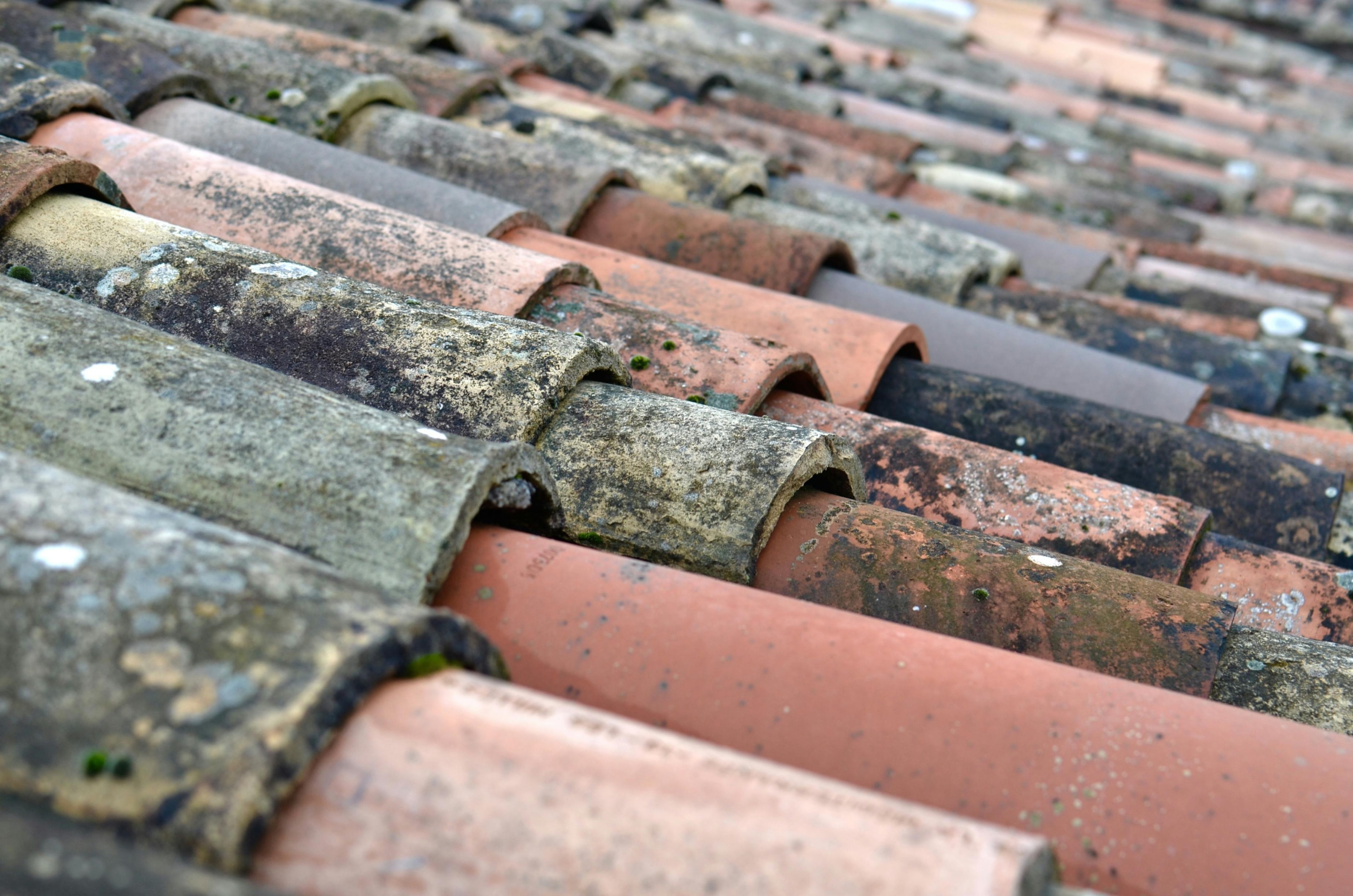
By cleaning your roof regularly, you protect your investment, enhance its appearance, and ensure it withstands the test of time.
- Prevents Algae Growth and Black Streaks: Algae cause unsightly black streaks and discoloration, trapping moisture that can accelerate damage.
- Removes Dirt, Debris, and Mold: Debris buildup fosters mold and mildew, compromising your roof’s functionality.
- Maintains Appearance and Durability: Routine roof cleaning preserves the look and prevents damage to discolored areas.
- Extends Service Life: Regular cleaning protects your roof from long-term damage, prolonging its durability and saving on costly repairs.
Can Bleach Damage a Shingle Roof?
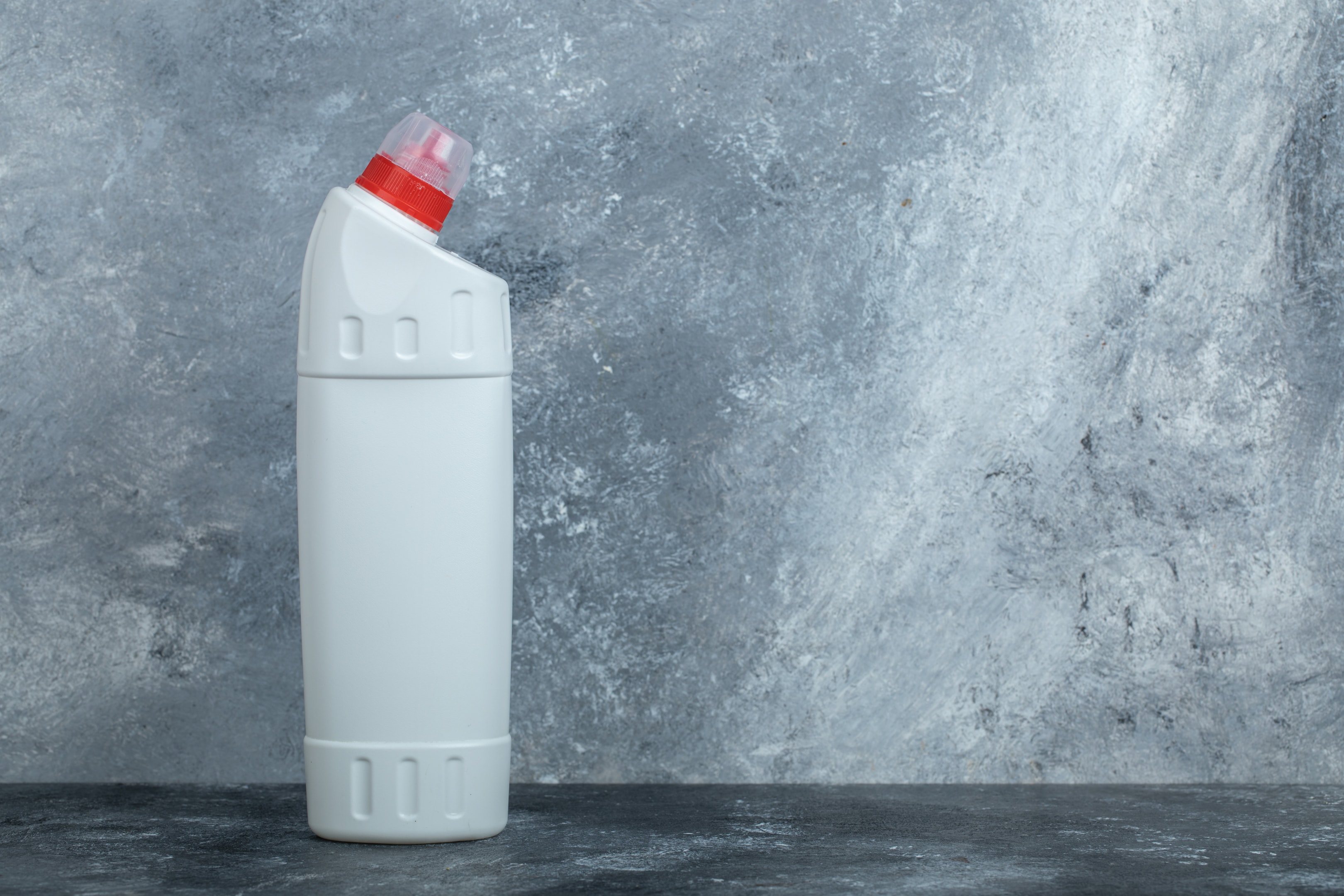
Yes, bleach can cause serious harm to asphalt shingles. Here’s how:
- Bleach can discolor shingles: Sodium hypochlorite, the active ingredient in bleach, can strip away color if not used correctly, leaving unsightly discolored areas on your roof. This not only affects the aesthetic but may also reduce your property’s curb appeal.
- Bleach can damage asphalt shingles: Strong sodium hypochlorite solutions can degrade the structural integrity of asphalt shingles, making them brittle and less durable over time.
- Reduced effectiveness of the protective granules: The granules on asphalt shingles serve as a protective barrier against the elements. Bleach can erode these granules, exposing the underlying layers to potential damage from UV rays and harsh weather conditions.
To prevent these issues, always follow the shingle manufacturer’s guidelines for cleaning and avoid using harsh chemical solutions.
Cleaning Methods for Asphalt Shingles
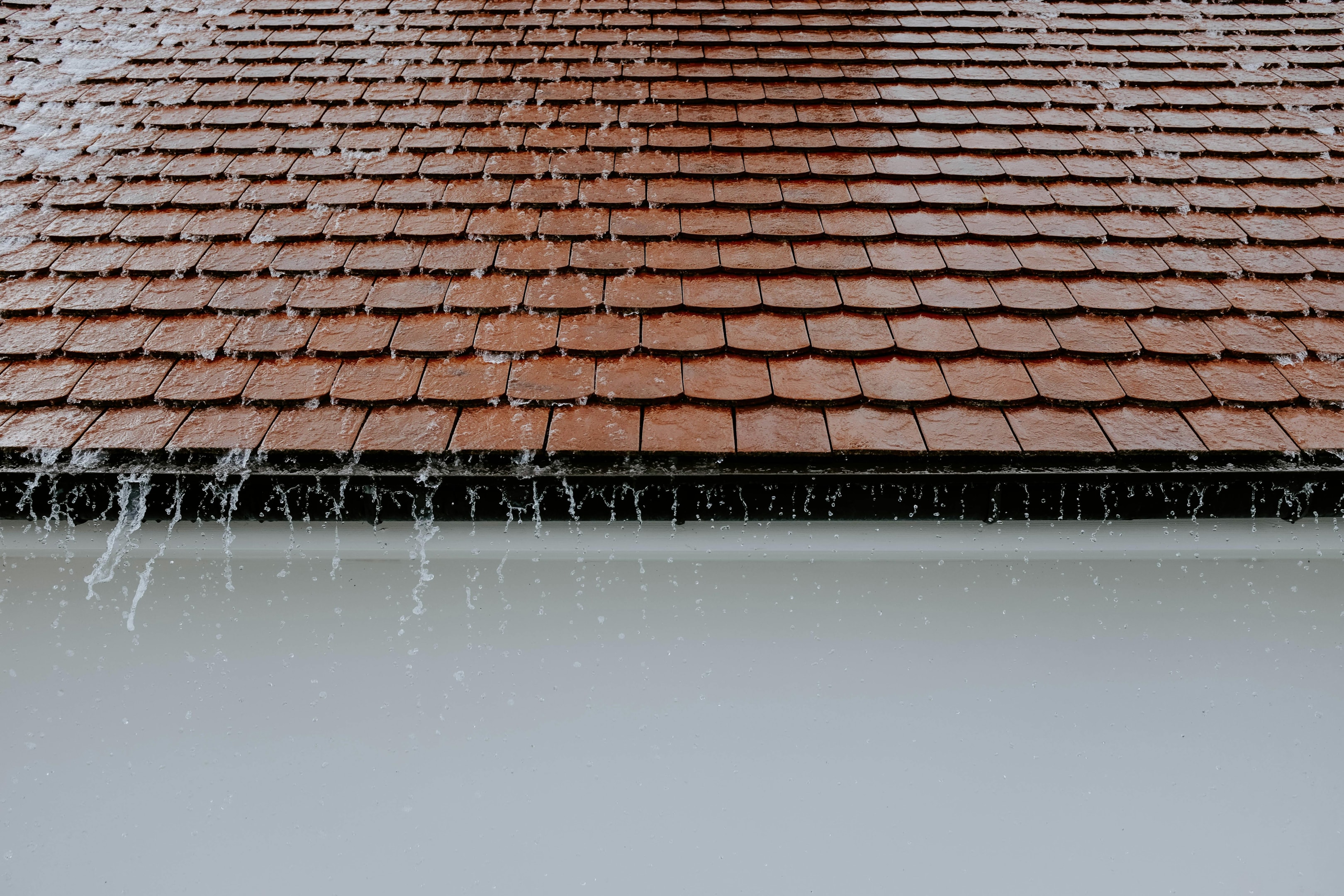
1. Pressure Washing
Using a pressure washer on an asphalt shingle roof is not recommended, as it can lead to severe damage. High pressure can dislodge shingles and strip away protective granules, weakening your roof’s durability.
Avoid this method entirely for asphalt shingle roof washing to preserve the lifespan and warranty of your roof.
2. Soft Washing
This is a safer yet effective alternative. Soft washing uses low pressure to apply a bleach mixture or cleaning solution to your roof. You can use common tools like a garden sprayer for application and a garden hose for rinsing.
Steps for success:
- Use properly diluted solutions, targeting only the affected areas.
- Begin with soft washing methods and avoid aggressive scrubbing or high-pressure tools.
- Rinse thoroughly with low pressure to prevent chemical residue buildup.
How to Use Bleach Safely on Roofs
Follow these steps to ensure safe and effective use of a bleach mixture for your roof cleaning:
- Dilute sodium hypochlorite properly: Create a cleaning solution by diluting it to a safe concentration that is strong enough to clean, yet gentle enough to avoid harming shingles or plants.
- Wear protective gear: Use gloves, goggles, and appropriate clothing to shield yourself from the bleach mixture, which can irritate skin and eyes.
- Protect plants and tree branches: Cover delicate plants or tree branches with a tarp and rinse surrounding areas with water before and after applying the cleaning solution.
- Use a spray method for precision: Apply the prepared bleach mixture using a spray bottle or low-pressure sprayer. Focus only on the affected areas to minimize chemical use and reduce the risk of damage.
- Rinse thoroughly with a garden hose: Once you’ve cleaned the necessary areas, rinse the roof thoroughly to prevent lingering bleach from damaging shingles.
Alternative Cleaning Solutions
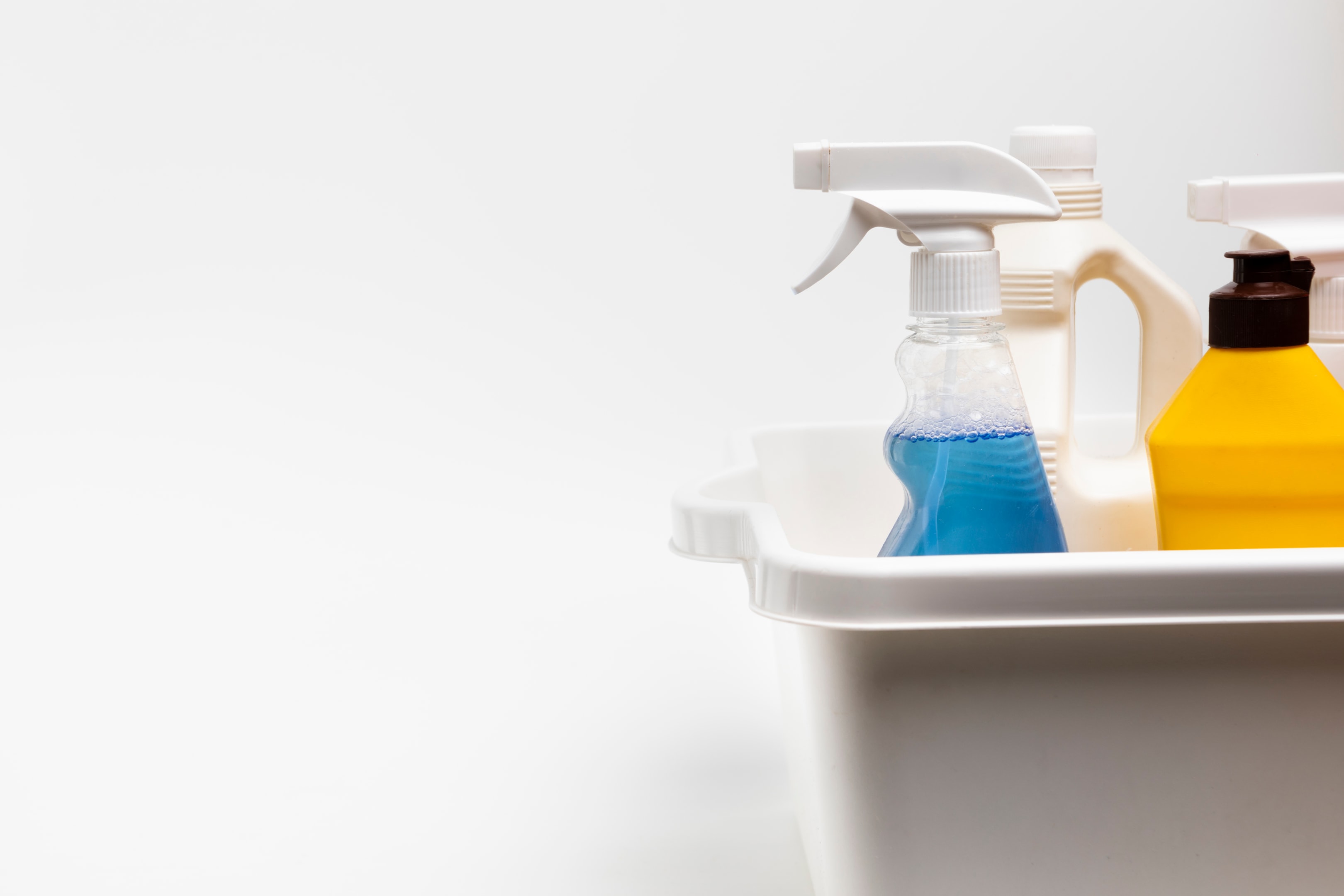
To protect your roof and avoid the risks of bleach, consider safer cleaning solutions specifically designed for asphalt shingles. These shingle-safe options effectively remove dirt, algae, and mold while preserving your roof’s integrity.
For eco-conscious homeowners, eco-friendly cleaners offer a biodegradable way to clean asphalt shingles without harsh damage.
When in doubt, consult professionals experienced in roof care and different roof materials, ensuring your investment stays protected.
Regular Maintenance Tips for Shingle Roofs
Follow these expert tips to keep your roof in top shape:
- Inspect your roof regularly to identify dirt, debris, and discolored areas. Early detection of problem spots can help prevent more significant damage over time.
- Schedule roof cleaning every 1–3 years, depending on local conditions. Routine cleaning is essential to remove algae, mold, and grime that can deteriorate your roof’s surface.
- Trim tree branches near your home to reduce debris accumulation on your roof. This also improves sun exposure, which can help prevent mold and algae growth by keeping the surface dry.
FAQs
Can I use bleach to clean my asphalt shingles?
Yes, but it’s crucial to use a diluted bleach solution and take proper precautions. Undiluted bleach or improper application can damage asphalt shingles and surrounding areas.
Will bleach kill algae and mold on my roof?
Yes, bleach is effective at removing algae growth and mold. However, incorrect application can harm your roof’s materials or your landscaping, so care is essential.
What is the safest way to clean asphalt shingles?
The safest method is soft washing, which involves using a low-pressure system combined with a shingle-safe cleaning solution designed specifically for roofing materials.
Can pressure washing damage shingles?
Absolutely. Pressure washers can dislodge shingles and strip protective granules, causing irreversible damage to your roof. Avoid high-pressure cleaning methods.
How often should I clean my roof?
Routine roof cleaning is recommended every 1–3 years or whenever you notice signs of black streaks, algae, or dirt buildup. Regular maintenance helps extend your roof’s lifespan.
Are there alternatives to bleach for cleaning a shingle roof?
Yes, non-bleach, eco-friendly cleaning solutions are available. These options clean effectively without the potential risks associated with bleach.
What precautions should I take when using bleach on a roof?
- Wear protective gear to safeguard yourself from exposure.
- Always dilute bleach with water to minimize harm.
- Rinse plants, gutters, and nearby surfaces thoroughly to reduce chemical exposure.
Can bleach shorten the lifespan of my roof?
Yes, improper use of bleach or repeated applications can weaken shingles over time, reducing their service life. Always follow manufacturer recommendations or consult a professional.
